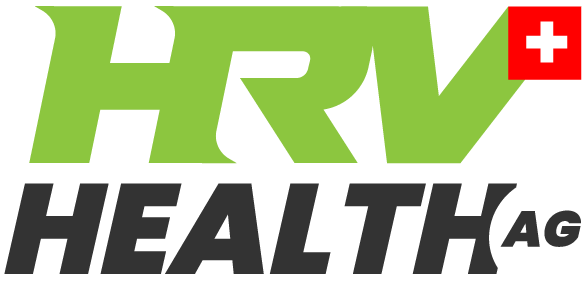HRV has been helping elite athletes to achieve peak performance for the past couple of decades. At HRV Health, we have developed algorithms that assist athletes to achieve their best, and our tests prove that they are effective. This is a service only available during the trial period and to subscribers. The way you exercise, and type of exercise has a profound impact on your health, and this is reflected in the HRV Health metrics.
Taking good readings
In order to obtain metrics that will guide you with exercise, your readings must follow best practice. Many users think that they should take their readings just after completing their exercise. That’s wrong.
You should take your readings daily, at the same time each day, while completely rested. Your heart beat during the reading should be as close as possible to your resting heart rate RHR).
Be seated or lie down. Don’t move, don’t watch TV, read your emails, or carry on a conversation while taking the reading. Failing to follow best practice produces bad data, and bad data makes for unreliable results.
You must take your readings daily. Skipping readings makes it impossible for the system to make reliable recommendations.
Types of exercise
Cycling and running, especially at the elite level produces very high RMSSD figures, often well above 100. This is not always good, as the ratio (of the Poincaré plot) is often below 2.5 (Below 2 is an indication of a chronic condition).
Exercises like cross-training, weight training, pilates, and yoga result in high RMSSD numbers (above 50) with a ratio that is often above six. Similarly, running and cycling with regular recovery runs and rides will produce improved ratio figures (close to 4), and high RMSSD figures.
High intensity interval training (HIIT)
High intensity interval training works, but puts intense stress on the heart. If you use HIIT extensively, look for a long term downward trend in your ratio, even after recovery. If the trend in your ratio is downwards, and the ratio of below 2.5, consider whether the benefits of HIIT are worth the risk of having a cardiac event (see the section on cardiac events below).
The recovery recommendation
The recovery recommendation is a complex algorithm using both the Poincaré plot and the RMSSD metrics to assess your readiness. We have found that following the recommendations have produced excellent results.
I am over 65, and the following the recommendations is helping me to reach performance levels that I had started to worry were long past. It’s very satisfying.
In the recovery section, you will find the recommendation in the far right hand column. You will also find a number of other metrics that are used to compile the recommendation, and after some time, you will be able to discern the patterns that go toward indicating a high state of readiness.
More importantly, follow the recommendations for rest when they are indicated. You will not achieve optimum performance unless you are properly rested.
The reading graph
While taking your reading on the HRV Health Pro app, a graph appears showing the variation in the heart rate.
If this follows a metronomic pattern, with big jumps from low to high and back again, it is an indication of high RMSSD with a high ratio – all indicators that you are in a high state of readiness. If you click on the Reading graph column on the Recovery analysis screen, it will produce the recovery graph for the reading. It’s worth becoming familiar with this graph, and being able to recognise the differences when the recommendation is that you are fully recovered, compared to one that indicates that recovery is needed.
This is a powerful tool, and recognising the graph patterns, and looking at how this matches your pattern of exercise will guide you in what works best for you in getting the most from your efforts.
Cardiac events
Athletes are twice as likely to suffer cardiac events as people who don’t exercise regularly.
While we all know that exercise if good for your health, unless you have a potential heart condition. If you are an athlete who is prone to the possibility of a cardiac event, your HRV Health metrics will provide the clues. Irregularities in the reading graph, indicated by a low ratio (below 2) are symptomatic.
If recovery does not promote improvement, seek guidance from a cardiac specialist.
Overtraining
Overtraining is a syndrome. We have dedicated an entire article to the subject[1]HRV and overtraining.
Symptoms are decreased heart rate variability [1], an elevated resting heart rate, and an inability to reach maximum pulse rate in anaerobic training. It is also associated with fatigue, in the context of continuous high intensity exercise. It can be serious and can have long terms effects when diagnosis is delayed.
You avoid the possibility of overtraining using the recommendations on the HRV Health Platform.
Golden Cheetah and Kubios
On the HRV Result page on the HRV Health Platform, we have created menu items to export your HRV data for use in the Golden Cheetah and Kubios applications.
Working with HRV Health
We have a number of lifetime subscribers who we work with directly.
Lifetime subscription is by invitation only, and is the result of building a relationship with us, giving us feedback on your exercise and following our guidance. The consultations while we get to know each other are free of charge.
If you wish to be considered for a lifetime subscription, please send a request via the App support page on the HRV Health platform.
We look forward to working with you.
References
| ↑1 | HRV and overtraining |
|---|
